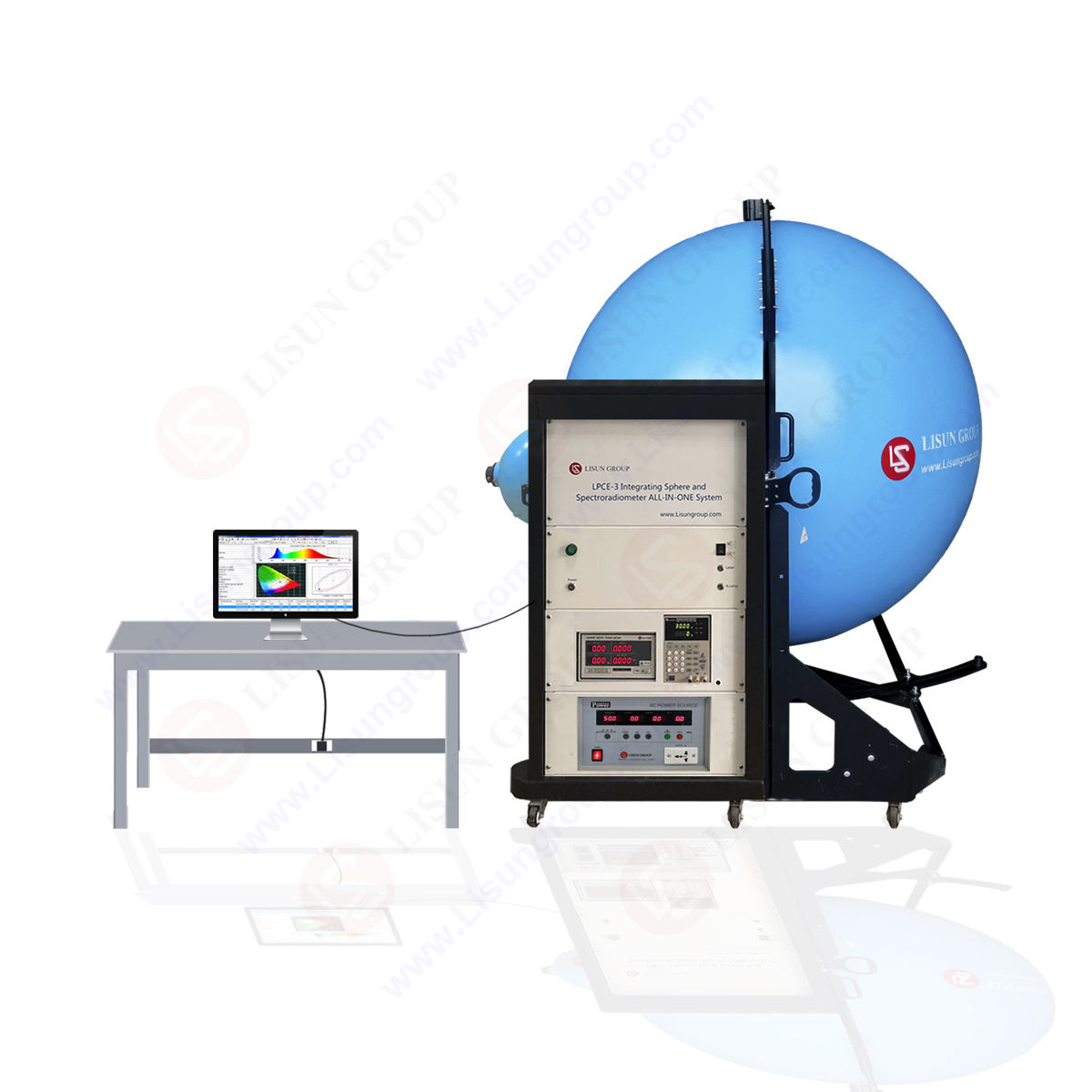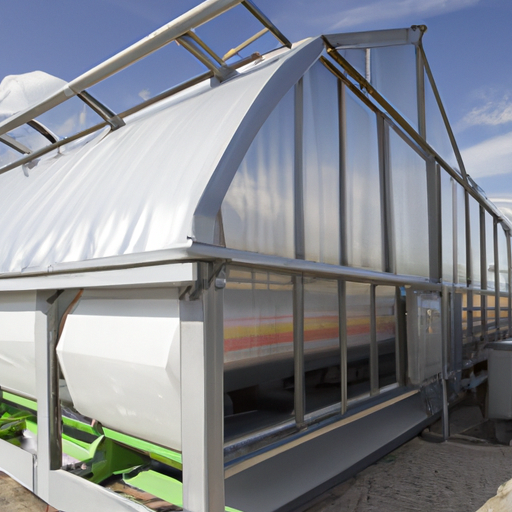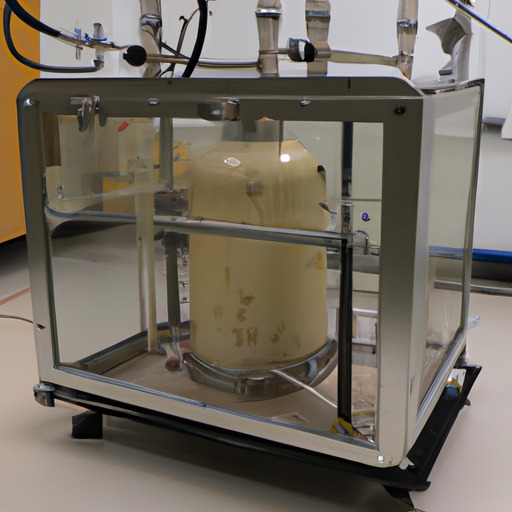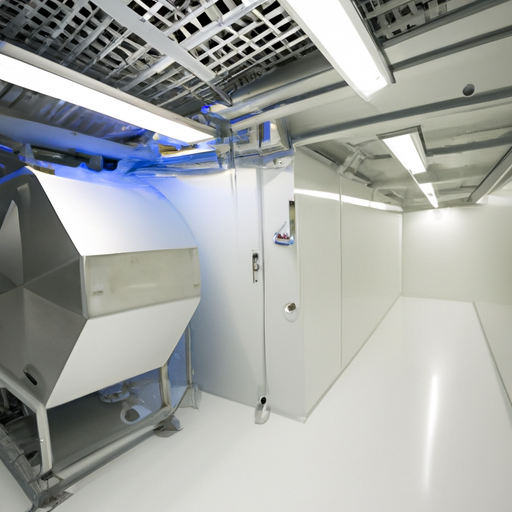According to IESNA-LM-79-80, the total luminous flux (lumen) of SSL products shall be measured with an integrating sphere system or a goniophotometer. The method may be chosen depending on what other measurement quantities (color, intensity distribution) need to be measured, the size of SSL products, and other requirements.
The integrating sphere system is suited for total luminous flux and color measurement of integrated LED lamps and relatively small-size LED luminaires. The integrating sphere system has the advantage of fast measurement and does not require a dark room. Air movement is minimized and temperature within the sphere is not subject to the fluctuations potentially present in a temperature-controlled room. It should be noted that the heat from the SSL product mounted in or on the integrating sphere may accumulate to increase the ambient temperature of the product under test. Two types of integrating sphere systems are used, one employing a V(l)-corrected photometer head, and another employing a spectroradiometer as the detector. Spectral mismatch errors occur with the first method due to the deviation of the relative spectral responsivity of the integrating sphere photometer from the V(l), while there are theoretically no spectral mismatch errors with the second method.
The spectroradiometer method is preferred for measurement of SSL products because spectral mismatch errors with the photometer head tend to be significant for LED emissions and correction is not trivial, requiring knowledge of the system spectral responsivity as well as the spectrum of the device under test. In addition, with the spectroradiometer method, color quantities can be measured at the same time as total luminous flux.
Tags:Integrating Sphere System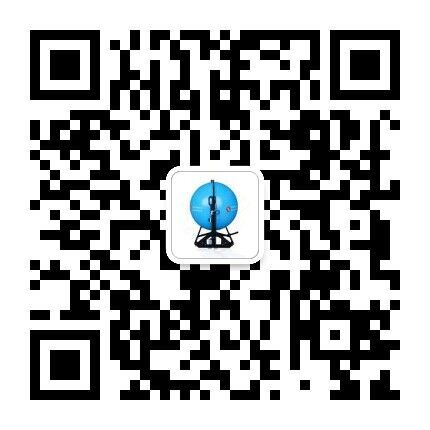
 中文简体
中文简体
